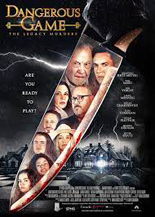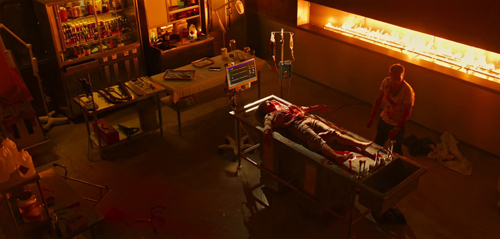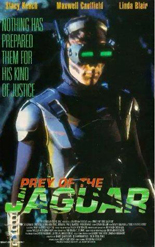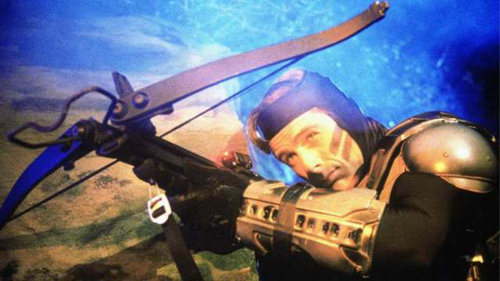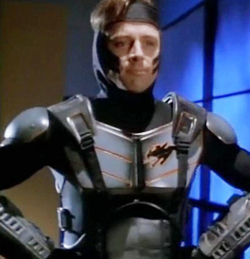
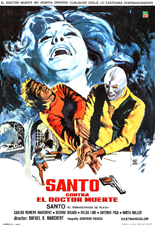 Mexico’s favorite son, the masked wrestler Santo (Santo), heads to Spain to compete in the world championship. Thanks to Interpol meddling, he’s forced to side-hustle as a secret agent to thwart the fine-art forgeries of Dr. Robert Mann (George Rigaud, Horror Express). Because Santo vs. Doctor Bob would make a terrible title, the Mexploitation film is called Santo vs. Doctor Death.
Mexico’s favorite son, the masked wrestler Santo (Santo), heads to Spain to compete in the world championship. Thanks to Interpol meddling, he’s forced to side-hustle as a secret agent to thwart the fine-art forgeries of Dr. Robert Mann (George Rigaud, Horror Express). Because Santo vs. Doctor Bob would make a terrible title, the Mexploitation film is called Santo vs. Doctor Death.
Assisting Santo is plainclothes Interpol Agent 9004, but you can call him Paul (Carlos Romero Marchent, Cut-Throats Nine). Soon, they learn Dr. Mann has more going on than copying precious masterworks; he’s also killing off precious models after he’s done growing tumors in their hot bods. (I promise that makes sense in context.)
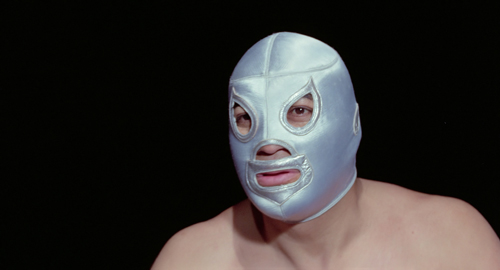
This may be heresy to others’ eyes and ears, but I found Santo vs. Doctor Death to be in peak condition when it’s not wasting time in the wrestling ring, whereas seeing Santo slam a chair into an enemy’s face elicits a primal thrill. That’s because director and co-writer Rafael Romero Marchent (Sartana Kills Them All) keeps the 007-esque adventure zippy. In a standout scene, Santo and a henchman spar amid public urinals — more than four decades before Tom Cruise and Henry Cavill did so in Mission: Impossible — Fallout.
From unsolicited surgeries and acid baths to threats with a jar of scorpions, the proceedings play like expert pulp. Best representing that dime-mag aesthetic is a sequence in the booby-trapped bowels of Dr. Mann’s castle. It’s honestly a shame Doctor Death remains Rafael’s only Santo movie. Certainly, other opportunities existed, with this being one of eight Santo pics in ’73 alone. —Rod Lott


